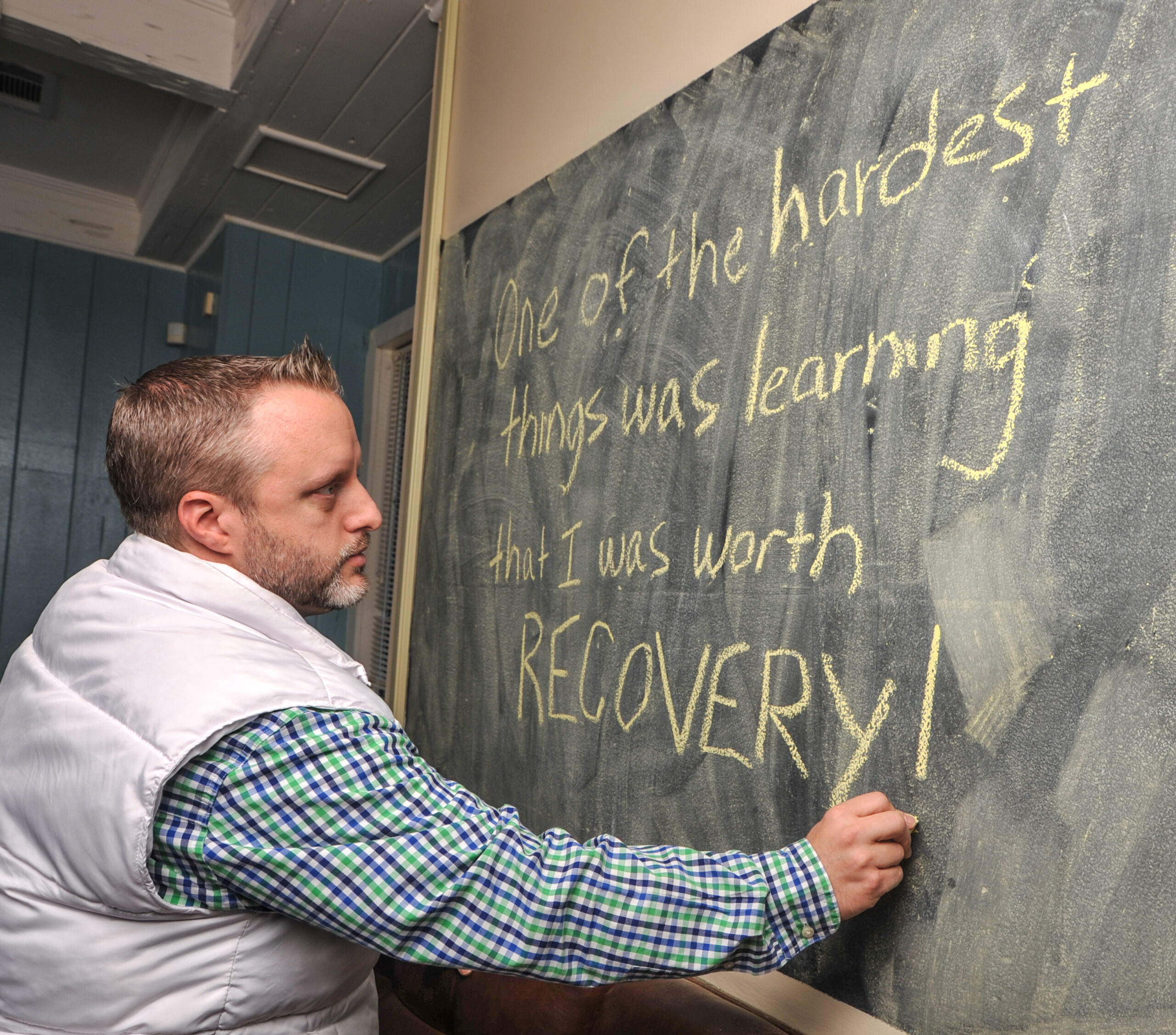A patient practice
By Maria Andrade
pa·tience:/ˈpāSHəns/ noun. The capacity to accept or tolerate delay, trouble or suffering without getting angry or upset.
What does patience mean, and how do we find it? Yoga teaches us that patience is like a muscle that we must exercise in order to remain strong. It can be difficult to wait. We have to wait in line, wait for summer, wait for an answer — and that can sometimes be frustrating. What if, instead of getting mad or frustrated, we could practice breathing deeply and pausing so that when we need patience, we could quickly access it through our breath?
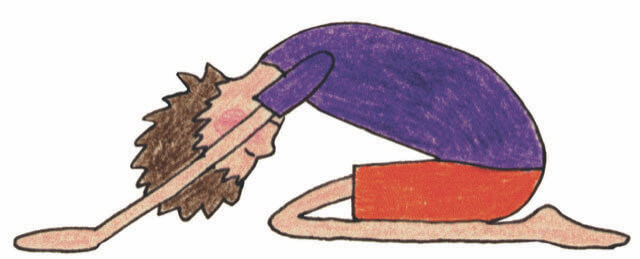
Begin your practice in Child’s pose. Grounded Kids Yoga calls this pose, “Dark Seed Light,” remembering that it takes time for seeds to sprout through the earth. Repeat these words: “I can practice patience by breathing deeply, even when it is hard.”
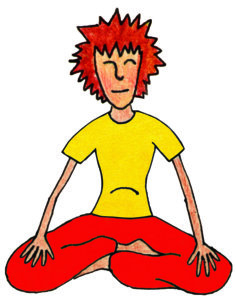
Find the rhythm of your own unique breath, and when you are ready, come to a seated pose on an inhale. Just breathe for one minute. Notice the length of your inhale and exhale without attempting to change them.

After one minute, move into Tabletop pose, knees and hands firmly rooted into the ground. Inhale and round your spine for Cat pose, then wait for your exhale and drop your belly for Cow pose. Rhythmically move with your breath for one minute through Cat-Cow.
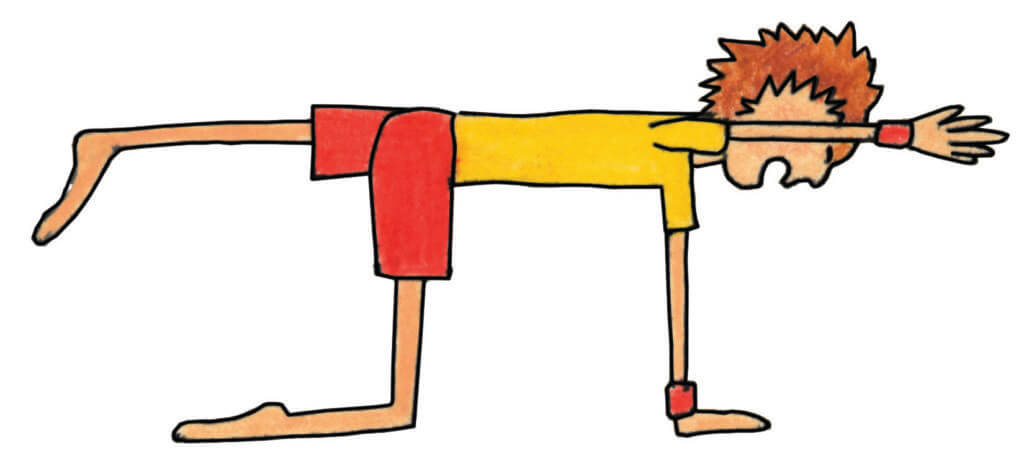
Back in Table, think of the most patient person you know, and reach out to shake their hand. Perhaps you can extend the opposite leg while you lift your arm. Why? Because I said so. Inhale deeply and exhale completely as you move with opposite legs and arms up and down.
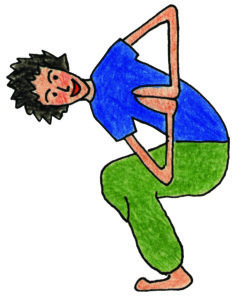
After one minute, stand up and prepare for Chair pose. Sit back into your imaginary chair, bring your hands to heart center and twist. Hold on a minute and stay here for 30 seconds on each side, practicing pausing and breathing deeply — even if it burns and feels hard.
Say out loud, “I got this!” Inhale, stretch your legs and shake them out. You did it!’

Celebrate your efforts and lay flat on your back. Do the Twist. Extend your arms out long, making a “T” shape with your body. Without moving your upper body, slowly, with an inhale, bend your knees and lift your legs, twisting at the waist from the left to the right side, waiting for each complete breath. Practice slowing your breath and movements for one minute. Finally, rest.

When we are still we open ourselves up to feel; when we are quiet we open ourselves up to hear. Resting pose, Savasana, is the best pose to practice patience because it is a big pause. If this is the first time, pause for one minute and keep increasing your time, going just a little bit past uncomfortable. Notice if it gets a little bit easier each time.
When you finish, take a moment to either draw or write your response to these four statements:
I have a hard time waiting for …
The most patient person I know is …
I took a deep breath in this pose today …
Today, I will practice breathing deeply when I am …
Maria Andrade is a certified Grounded Kids Yoga teacher. Contact Maria at 478-361-7246 or learn more at groundedkids.com.






